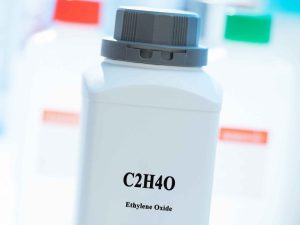 For the last 50 years, EPA has buckled to pressure from the chemical industry, and basically done nothing to protect millions of Americans from breathing a life-threatening, cancer-causing chemical known as “ethylene oxide” (ETO). Along the way, EPA even repeatedly violated federal law – the “Clean Air Act” – by refusing to periodically make rules necessary to protect Americans against dangerous chemicals like ETO.
For the last 50 years, EPA has buckled to pressure from the chemical industry, and basically done nothing to protect millions of Americans from breathing a life-threatening, cancer-causing chemical known as “ethylene oxide” (ETO). Along the way, EPA even repeatedly violated federal law – the “Clean Air Act” – by refusing to periodically make rules necessary to protect Americans against dangerous chemicals like ETO.
Let me say that again: EPA repeatedly violated the law. And it did so to benefit the corporations that profit from making, selling, using, and polluting with ETO.
Finally, on March 14, 2024, after being pressured by a lawsuit from environmental champion, Earthjustice, to force EPA to simply obey the law and protect us from ETO, EPA announced a rule requiring that US sterilization plants reduce their ETO emissions by 90%. ETO gas is used in the sterilization process to kill living things like bacteria, for example, found on the medical and other devices being sterilized.
 Illinois Personal Injury Lawyer Blog
Illinois Personal Injury Lawyer Blog


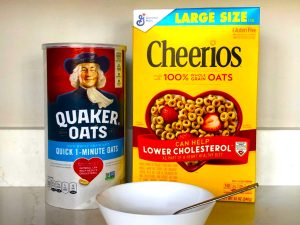
 Attorney Shawn Collins, founder and partner of The Collins Law Firm in Naperville, Illinois, was instrumental in forging a $408 million settlement of the cancer claims of more than 800 plaintiffs in In re Willowbrook Ethylene Oxide Litigation, venued in Illinois State Court (Cook County). The claims arose after a federal government report announced in 2018 for the first time that a sterilization plant in Willowbrook, IL–operated by Sterigenics, LLC, and its predecessors–had been emitting a chemical known as ethylene oxide 24 hours a day into the residential community’s air for more than 30 years. Once it left the Sterigenics’ plant, the colorless, odorless ethylene oxide silently migrated a great distance, exposing people in homes, workplaces, and schools.
Attorney Shawn Collins, founder and partner of The Collins Law Firm in Naperville, Illinois, was instrumental in forging a $408 million settlement of the cancer claims of more than 800 plaintiffs in In re Willowbrook Ethylene Oxide Litigation, venued in Illinois State Court (Cook County). The claims arose after a federal government report announced in 2018 for the first time that a sterilization plant in Willowbrook, IL–operated by Sterigenics, LLC, and its predecessors–had been emitting a chemical known as ethylene oxide 24 hours a day into the residential community’s air for more than 30 years. Once it left the Sterigenics’ plant, the colorless, odorless ethylene oxide silently migrated a great distance, exposing people in homes, workplaces, and schools.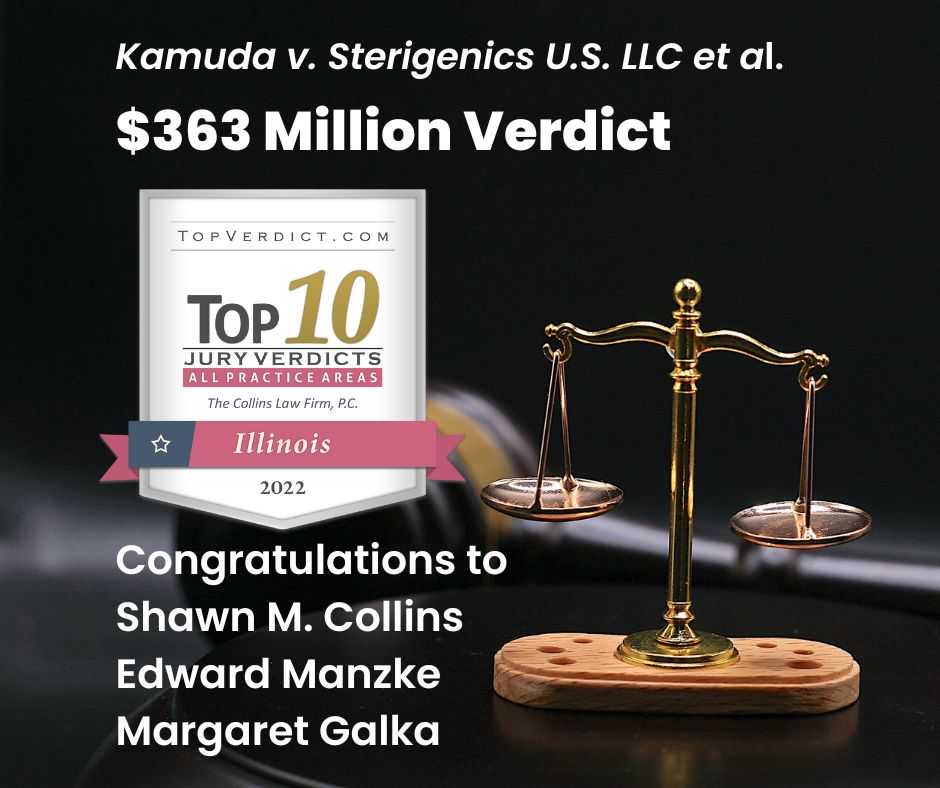 We are proud to announce that our $363 million verdict in Kamuda v. Sterigenics U.S. LLC, et al., was named the number one jury verdict in Illinois in ALL practice areas in 2022 by
We are proud to announce that our $363 million verdict in Kamuda v. Sterigenics U.S. LLC, et al., was named the number one jury verdict in Illinois in ALL practice areas in 2022 by 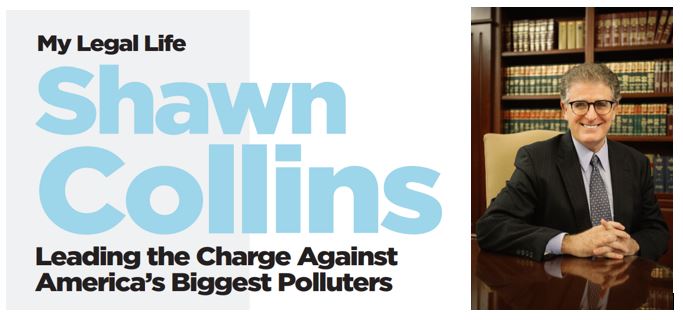 Leading the Charge Against America’s Biggest Polluters
Leading the Charge Against America’s Biggest Polluters PCBs – the common term for polychlorinated biphenyls – are toxic manufacturing compounds that do not occur in nature and have been linked to various health problems with the liver, thyroid, skin, and eyes. Moreover, they have been classified as probable human carcinogens by the EPA and the International Agency for Research on Cancer (IARC), based on animals studies that provided conclusive evidence that PCBs cause cancer. And they are commonly found in light ballasts and building materials in schools.
PCBs – the common term for polychlorinated biphenyls – are toxic manufacturing compounds that do not occur in nature and have been linked to various health problems with the liver, thyroid, skin, and eyes. Moreover, they have been classified as probable human carcinogens by the EPA and the International Agency for Research on Cancer (IARC), based on animals studies that provided conclusive evidence that PCBs cause cancer. And they are commonly found in light ballasts and building materials in schools. The big pesticide companies are once again being accused of manipulating science to get what they want; this time by withholding evidence of pesticide toxicity from European Union (EU) regulators in order to get their pesticides approved. The tactic is not only unethical but is against the law. And finally, researchers are starting to shine a light on this scandal.
The big pesticide companies are once again being accused of manipulating science to get what they want; this time by withholding evidence of pesticide toxicity from European Union (EU) regulators in order to get their pesticides approved. The tactic is not only unethical but is against the law. And finally, researchers are starting to shine a light on this scandal. Particulate matter is in the air all around us. Emitted from sources like industrial plants, fossil fuel burning, power plants, and wildfires – they are everywhere and can have dire consequences for human heart health. Regulatory agencies like the Environmental Protection Agency (EPA) are in place to ensure that things like particulate matter are kept sufficiently in check to protect American citizens. But are they doing enough to curb particulate matter to truly keep Americans safe?
Particulate matter is in the air all around us. Emitted from sources like industrial plants, fossil fuel burning, power plants, and wildfires – they are everywhere and can have dire consequences for human heart health. Regulatory agencies like the Environmental Protection Agency (EPA) are in place to ensure that things like particulate matter are kept sufficiently in check to protect American citizens. But are they doing enough to curb particulate matter to truly keep Americans safe? Just weeks after America witnessed a black plume of toxic murk billowing above East Palestine, the Surface Transportation Board inexplicably decided to increase the chance of an identical derailment horror, right here in the Chicago area.
Just weeks after America witnessed a black plume of toxic murk billowing above East Palestine, the Surface Transportation Board inexplicably decided to increase the chance of an identical derailment horror, right here in the Chicago area. 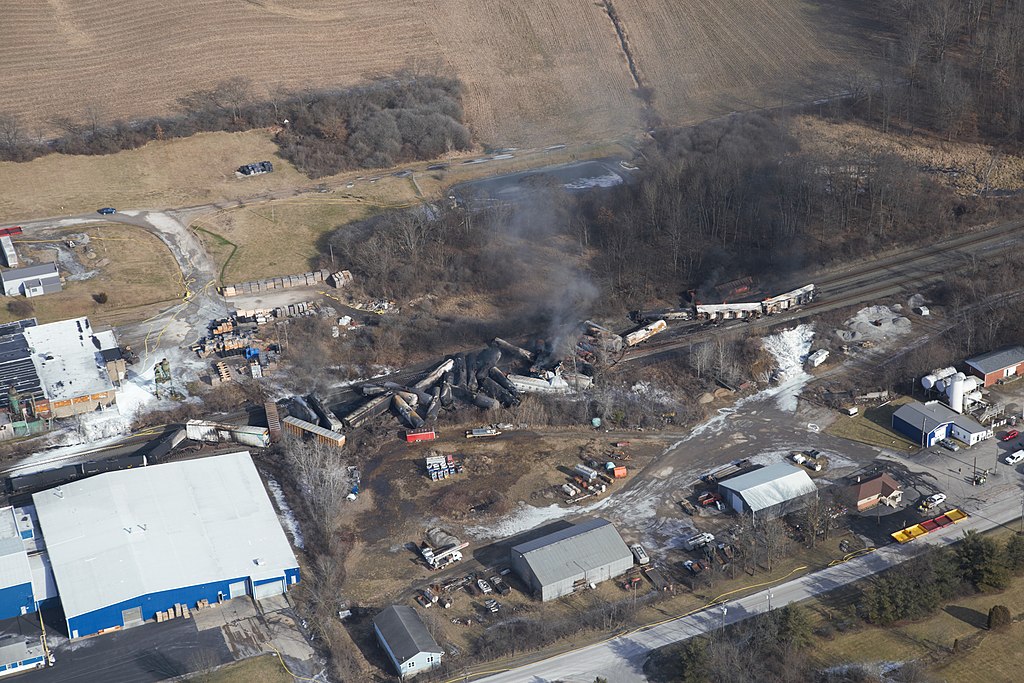 The director of Ohio’s Department of Health sought to assure East Palestine residents of their safety by remarking that the cancer-causing solvents from the derailment now in the town are no cause for concern, because these chemicals are already “a part of our everyday life.”
The director of Ohio’s Department of Health sought to assure East Palestine residents of their safety by remarking that the cancer-causing solvents from the derailment now in the town are no cause for concern, because these chemicals are already “a part of our everyday life.”